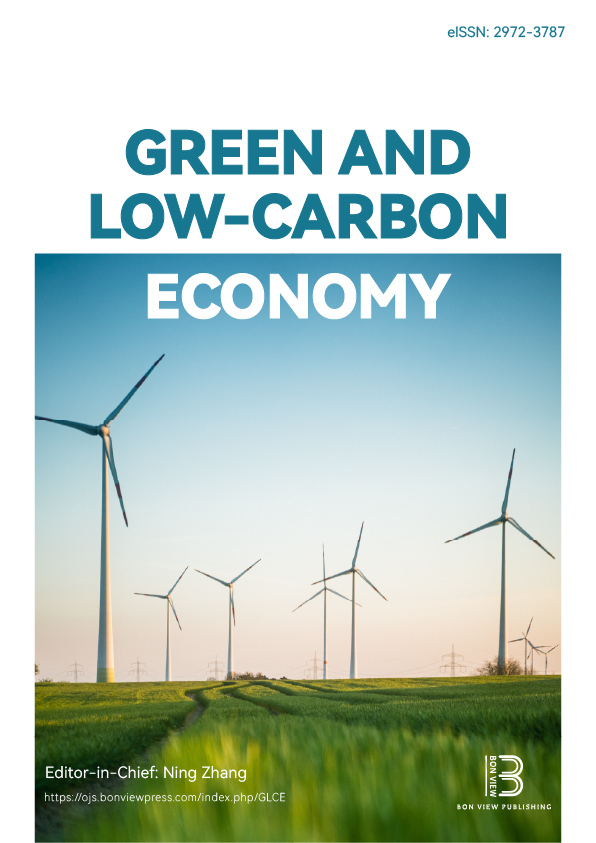A Note on Controlling Chaotic Dynamics in the Presence of Climate Change Externalities in the New Keynesian Monetary Economics Model
DOI:
https://doi.org/10.47852/bonviewGLCE52024269Keywords:
chaotic dynamics, climate externality, monetary modelAbstract
The role of central banks to mitigate the negative impact of climate change risks on economic development has become crucial in the monetary policy agenda. As recently experienced after the COVID-19 pandemic, unexpected shocks in the energy supply sector can destabilize the productive sector, and thus the solvency of the entire financial system. This paper shows the possibility of the emergence of a shock on the equilibrium pattern due to the emergence of chaotic dynamics and suggests the tools devoted to correcting such behavior. The occurrence of chaos in economics is particularly relevant when the policymaker has to choose the appropriate decisions to achieve the desired growth rate of the economy, without suffering the possible unwanted oscillations on national income. The idea is that if the economy is stabilized at its highest growth rate, then any possible low-growth poverty trap is avoided. Our idea is to consider a monetary economics model with an externality factor due to climate impacts on labor force and show the parametric condition for the emergence of chaotic dynamics. We then apply a correction algorithm that allows us to determine the restrictions on the parameter set necessary to eliminate or control the chaotic dynamics and restore the stability of equilibrium. Our findings are finally sustained by real data that show a possible link between adverse climatic scenarios and the intervention of the monetary authority, but also confirm that if the interest rates are raised above a sustainable target, then the economy will start to oscillate around the desired long-run equilibrium, thus experiencing periods of unwanted fall in real output, that are in fact a poverty trap.
Received: 6 September 2024 | Revised: 7 May 2025| Accepted: 25 May 2025
Conflicts of Interest
The author declares that he has no conflicts of interest to this work.
Data Availability Statement
The Federal Reserve Bank of St. Louis data that support the findings of this study are openly available at https://fred.stlouisfed.org/series/FEDFUNDS. The National Centers for Environmental Information of USA data that support the findings of this study are openly available at https://www.ncei.noaa.gov/access/monitoring/cei/graph.
Author Contribution Statement
Giovanni Bella: Conceptualization, Methodology, Software, Validation, Formal analysis, Investigation, Resources, Data curation, Writing - original draft, Writing - review & editing, Visualization, Supervision, Project administration.
Downloads
Published
Issue
Section
License
Copyright (c) 2025 Author

This work is licensed under a Creative Commons Attribution 4.0 International License.


